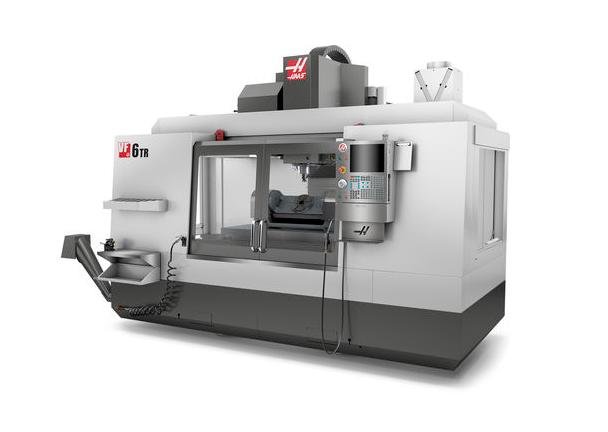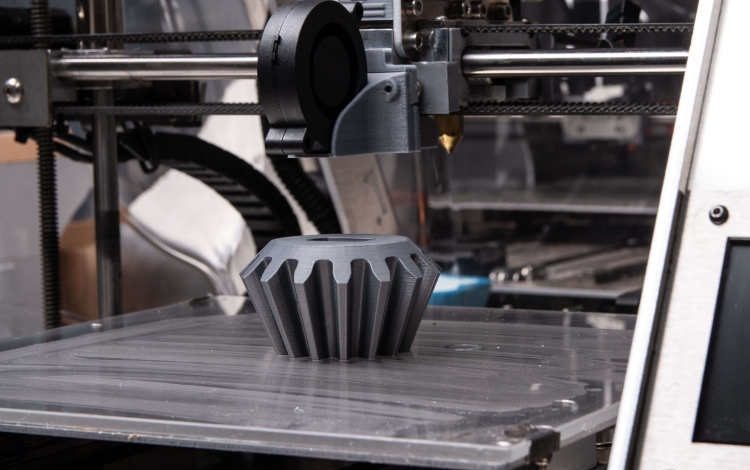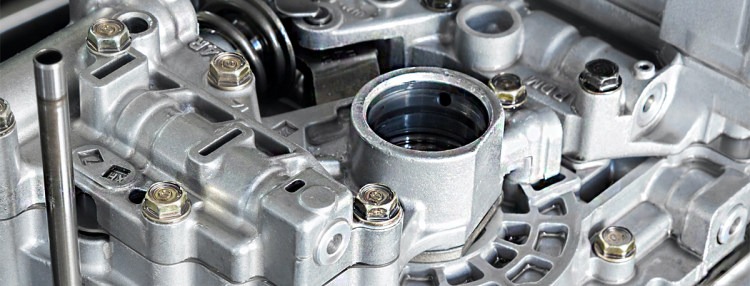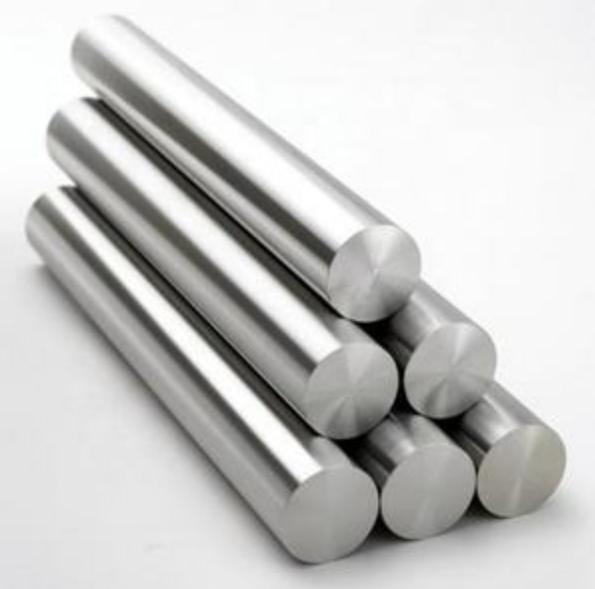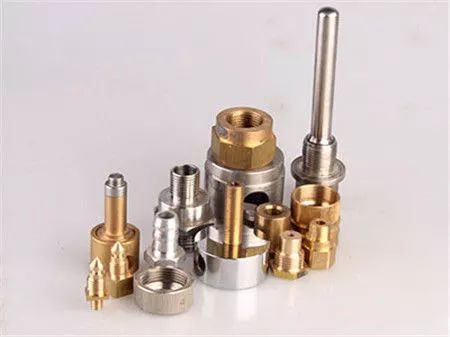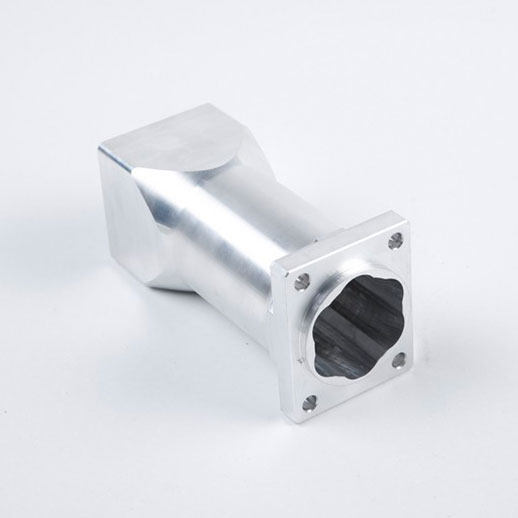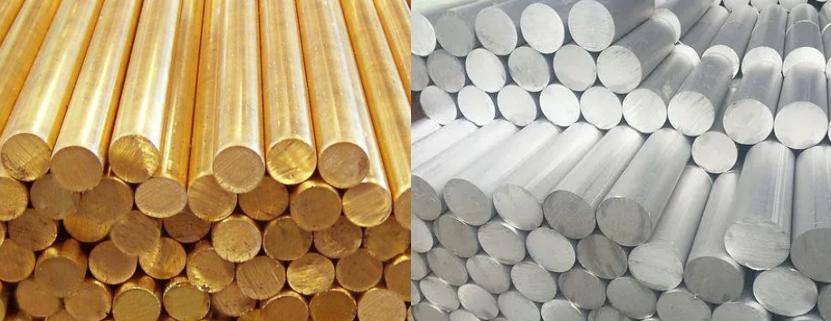CNC machining small brass parts is a manufacturing process that employs computer numerical control (CNC) technology to precisely cut and shape small parts from brass bars or rods. CNC machining is a versatile and precise solution for producing small brass parts with intricate features, tight tolerances, and excellent material properties, making it suitable for a wide range of applications across industries. Maybe you have any questions before we start. There is a guide to CNC machining small brass parts, from design to completion.
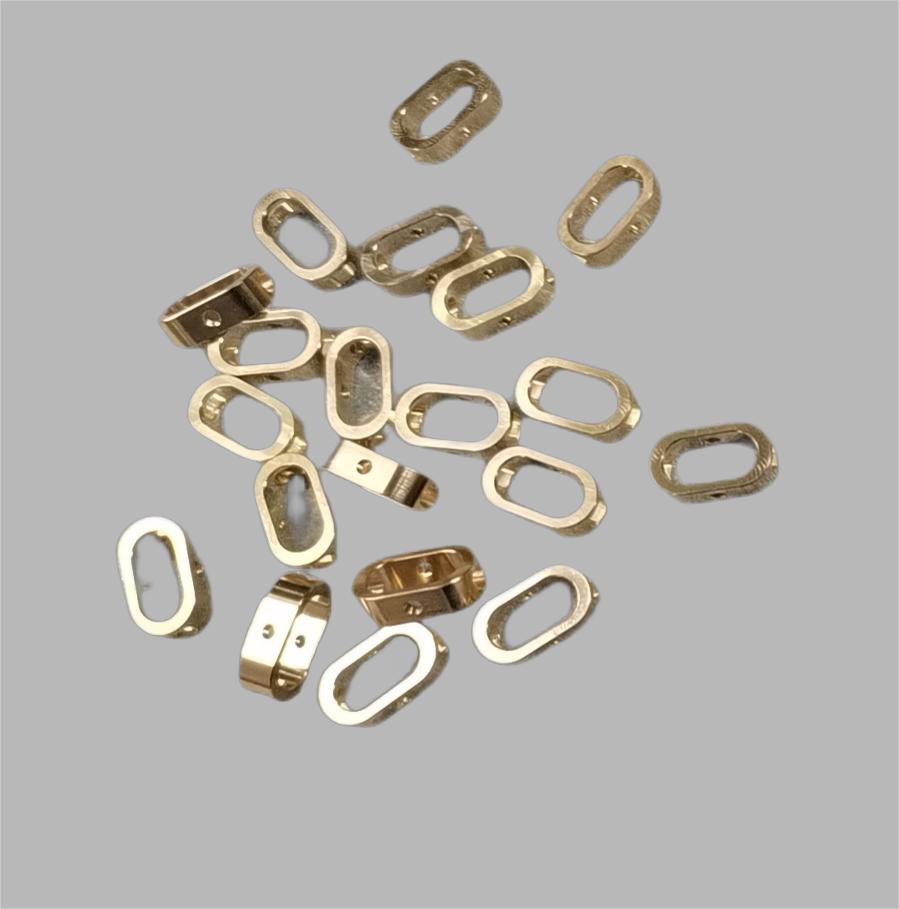
What Are the Limitations for Size and Tolerances With CNC Machining for Brass?
While CNC machining has many advantages for producing small brass parts, it is still limited in size and tolerance. Understanding these constraints is critical for designing and obtaining parts that meet your exact specifications. This is a detailed breakdown:
Size Limitations
- Machine Work Envelope: The CNC machine’s work envelope ultimately limits the size of the parts that can be produced. This represents the cutting tool’s maximum travel distance along each axis (X, Y, and Z). The typical work envelope size for CNC mills used for small parts ranges from a few inches to several feet.
- Tool Size and Reach: Cutting tool size and reach are also important factors to consider. Smaller tools allow for finer detail machining, but they may not be able to reach deeper features or large cavities. Larger tools can reach deeper areas, but they may struggle with intricate details.
- Minimum Feature Size: The minimum achievable feature size is determined by the size limitations of cutting tools and the inherent rigidity of the machining process. This can be as small as 0.002 inches (0.05 mm) for certain processes such as micro-milling, but it usually falls between 0.01-0 inches (0.25-0.50 mm) for standard CNC milling.
Tolerance Limitations
- Machine Accuracy and Tool Wear: The CNC machine’s inherent accuracy, as well as wear on the cutting tool, can affect the part’s final dimensions. Tolerances for CNC machining brass typically range from ±0.002 to 0.005 inches (±0.05 to 0.13 mm). Tighter tolerances may be possible with additional processes, such as post-machining operations (e.g., grinding and polishing), but at a higher cost.
- Part Geometry: Tolerances can be affected by the part’s geometry complexity. Tight tolerances are easier to achieve with simpler features such as straight walls or flat surfaces. In contrast, intricate details such as thin walls, sharp corners, or small radii may be difficult to achieve with tight tolerances.
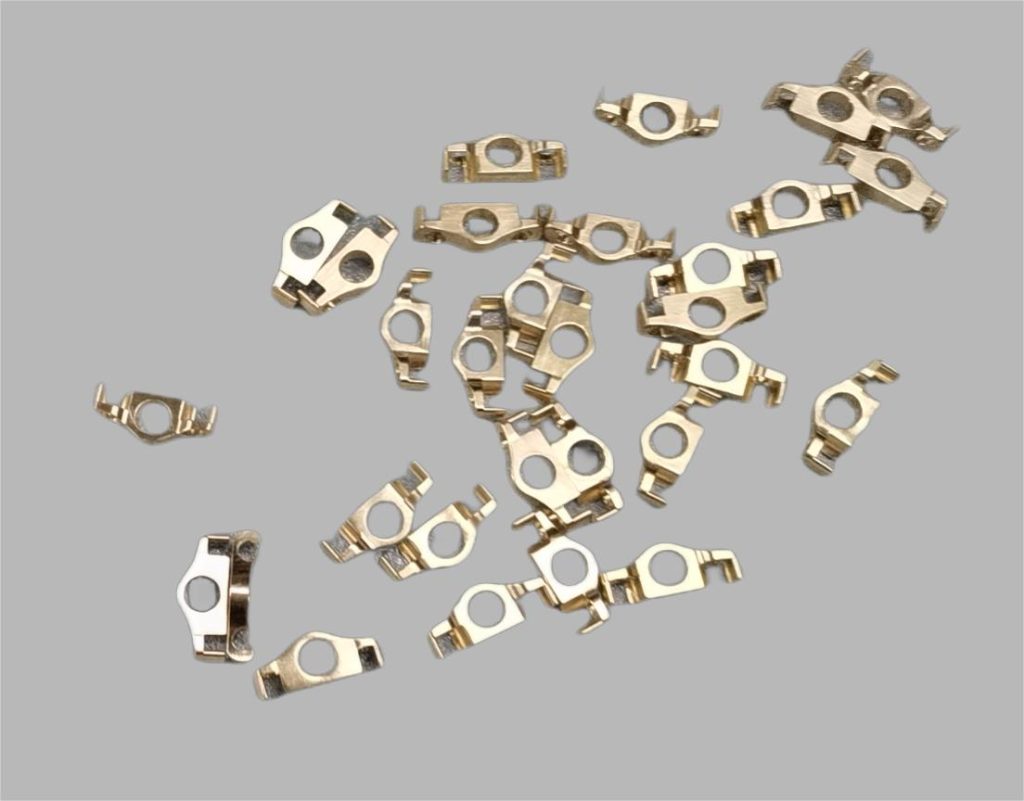
What Finishing Options Are Available for CNC Machined Brass Parts?
CNC machined brass parts have a variety of finishing options to improve their appearance, functionality, and durability. The choice of finishing is determined by the desired outcome and the specific application. Here’s a summary of some popular choices:
1. Mechanical Finishing:
- Polishing: Abrasive compounds and buffing wheels are used to create a smooth, reflective surface. It improves the part’s visual appeal while also increasing corrosion resistance by removing surface imperfections. Different polishing grades can produce varying levels of shine, ranging from matte to mirror-like polish.
- Brushing: This technique uses rotating wire brushes to achieve a uniform, satin-like texture on brass surfaces. It provides a more subdued appearance than polishing and can help hide minor flaws.
- Tumbling: Place the parts in a rotating barrel with abrasive media. It produces a smooth, matte finish and is useful for deburring (removing sharp edges) and cleaning the parts.
- Sandblasting: A pressurized stream of abrasive particles removes material from the surface. It can produce a rough texture, a matte finish, or even be used decoratively, such as etching designs or logos.
2. Chemical Finishing:
- Patination: This process involves applying chemical solutions to the brass surface to achieve the desired color or antique effect. Popular patinas include antique brass, black nickel, and oil-rubbed bronze. Patination can improve the appearance of a surface while also providing corrosion protection.
- Anodizing: The electrochemical process creates a thin oxide layer on the surface, enhancing corrosion and wear resistance. While anodizing is less common on brass than on aluminum, it can be used to achieve a limited range of colors, primarily black.
3. Plating:
- Electroplating: This process uses an electrical current to deposit a thin layer of another metal onto the brass surface. Nickel, chrome, gold, and silver are among the most commonly used plating materials. Electroplating increases corrosion resistance, reduces wear, and can change the electrical conductivity of the part. It also provides a variety of aesthetic options based on the plating material.
4. Painting and Powder Coating:
- Painting: Applying paint to the brass surface provides a wide range of color options and can be used for both aesthetic and functional reasons. Paint can increase corrosion resistance and protect the underlying metal.
- Powder Coating: This process involves applying a dry powder to the brass surface, which is then electrostatically charged and baked to form a hard, durable coating. When compared to traditional paint, powder coating provides superior corrosion and UV resistance, as well as a wider range of color options.
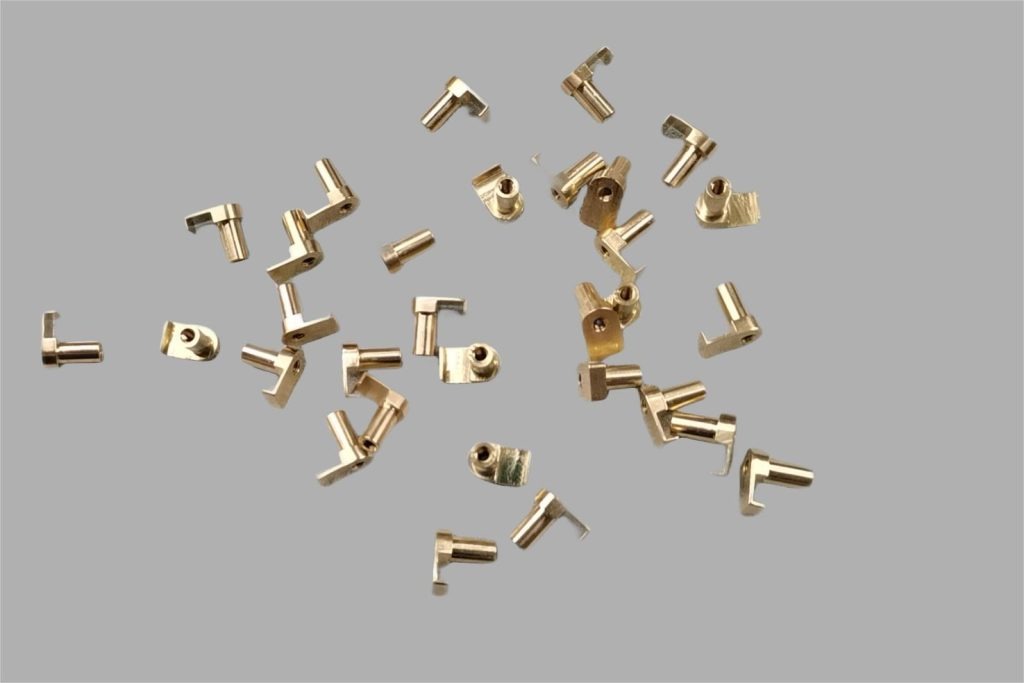
Choosing the right finishing option for your CNC machined brass parts requires considering several factors
| Factor | Considerations |
| Desired Aesthetics | Do you want a bright, reflective finish? A more subdued satin finish? A specific color or antique effect? |
| Functionality | Does the part need improved corrosion resistance? Increased wear resistance? Altered electrical conductivity? |
| Application Environment | Will the part be used indoors or outdoors? Is it exposed to harsh chemicals or abrasive material? Are there food safety or other regulatory concerns? |
| Cost | What is your budget for finishing? Simple mechanical finishes might be more affordable, while complex plating or powder coating can increase costs. |
It’s recommended to discuss your specific needs and requirements with a qualified CNC machining shop. They can advise you on the most suitable finishing options based on your application and help you achieve the desired outcome for your brass parts.
Conclusion
While CNC machining has exceptional capabilities for producing small brass parts, it is critical to understand the size and tolerance limitations to ensure your design is compatible with the process. Furthermore, the variety of finishing options available allows for customization based on your specific requirements, whether it’s improving aesthetics, and functionality, or ensuring optimal performance in different environments. Working closely with a reputable CNC machining shop and taking into account both limitations and finishing options, you can take advantage of this technology’s unique benefits to produce high-quality, precisely machined brass parts that meet your specific requirements.


